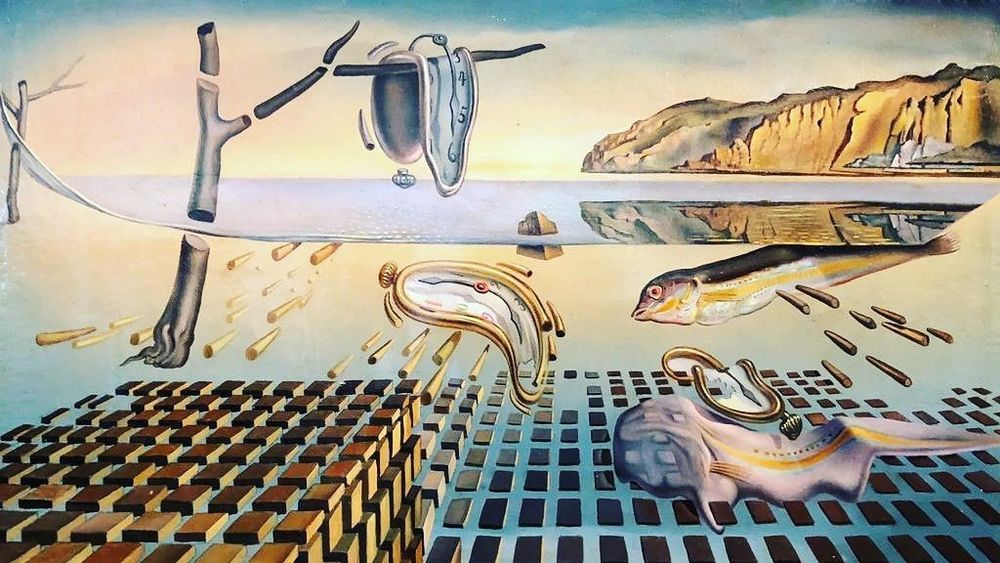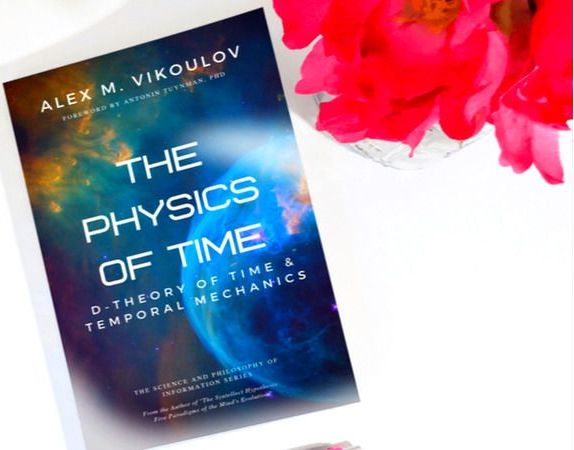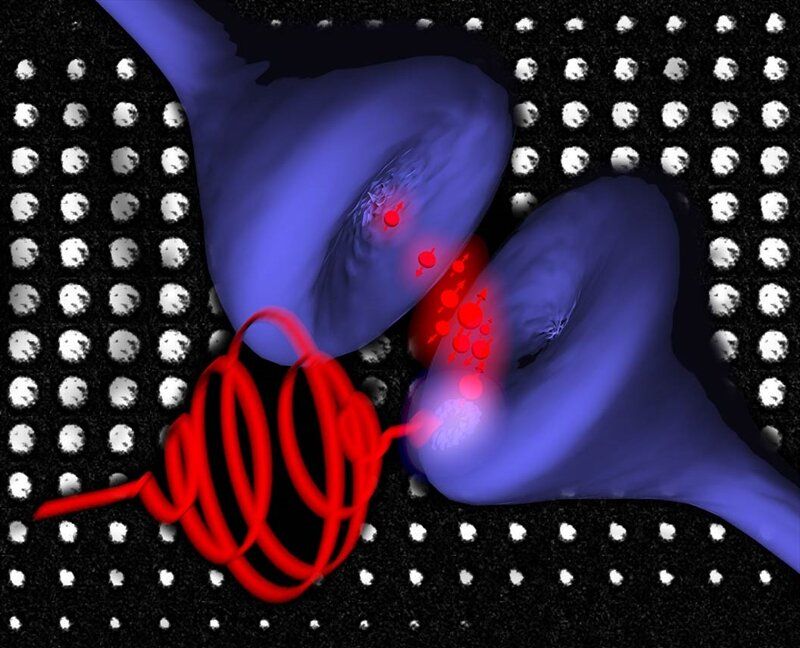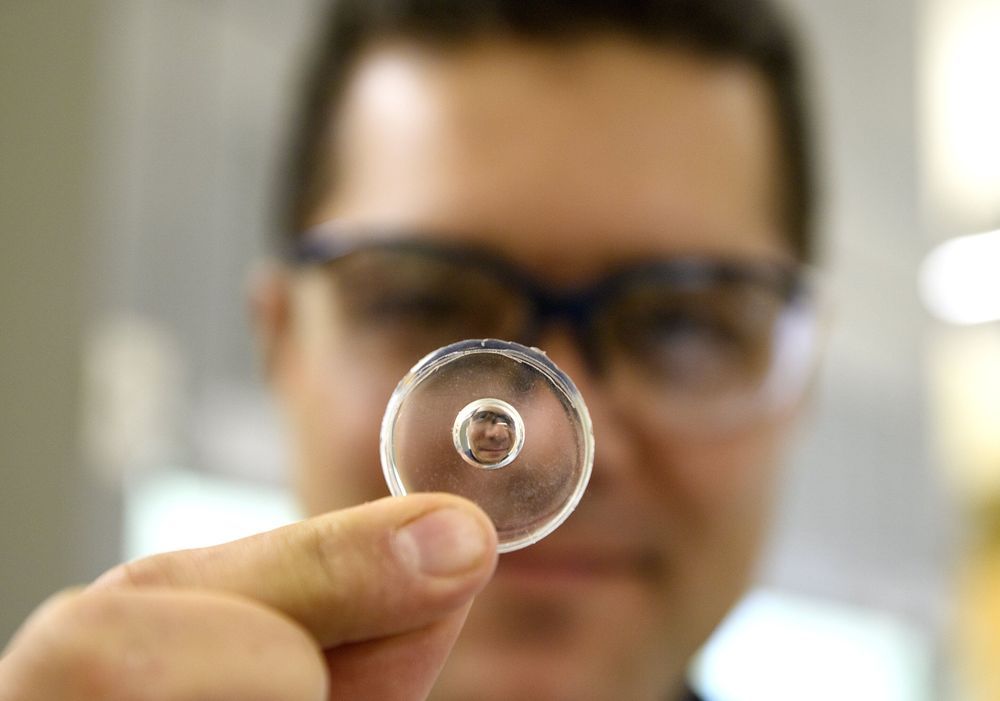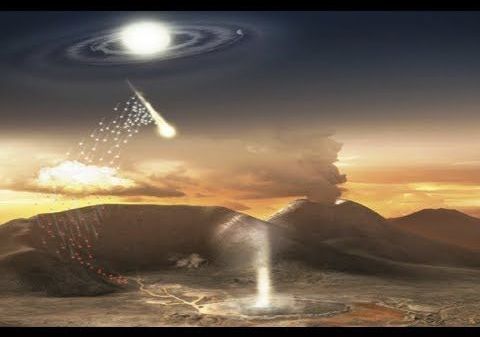May 29, 2019
An Open Letter to Ben Goertzel
Posted by Mark Larkento in categories: geopolitics, neuroscience, physics, singularity, transhumanism
My name is Sarah Lim and I am the US Transhumanist Party’s Singaporean ambassador. I have been repeatedly trying to reach you over the course of the last few months, but I understand that you are a very busy man who’s doing a lot of great things and propelling the Singularity forward.
Like you and Andres Gomez Emilsson, I’m in the very small minority of transhumanists with an avid interest in non-local consciousness and psi research.
I’ve watched your video, “Wild-Ass Sh*t: Consciousness and Psi from a Euryphysics Perspective” four times in a row, to date. I’ve read up extensively on the PEAR Lab experiments, and I’m a friend of Jim Matlock’s as well. I’ve also read and re-read “Physicists Rediscover Sheldrake’s Morphic Fields … and my Morphic Pilot Wave …” five times, to date.


